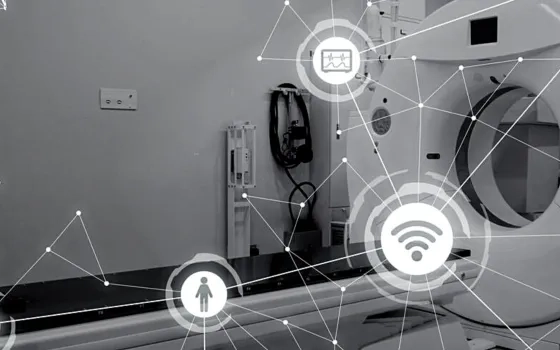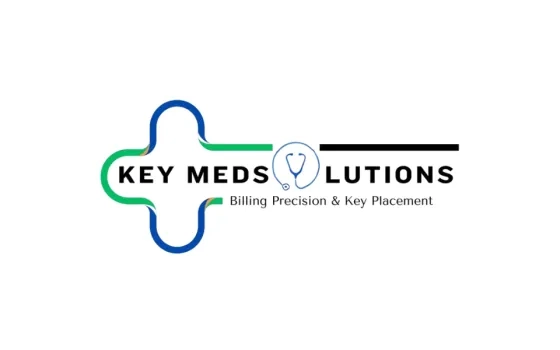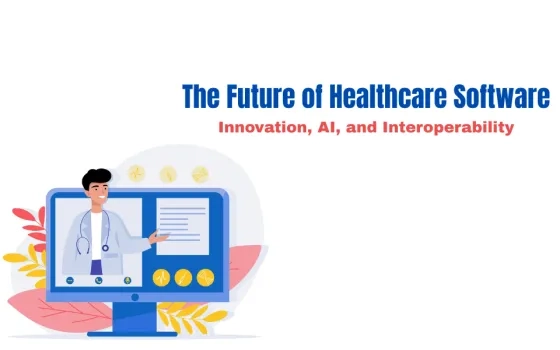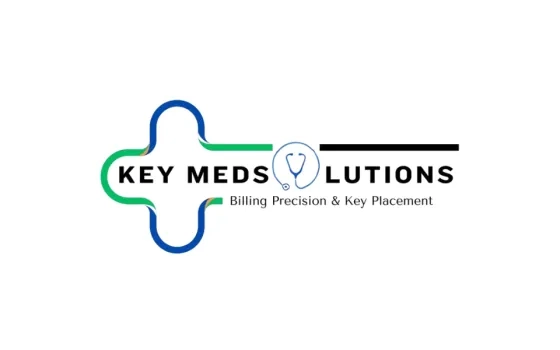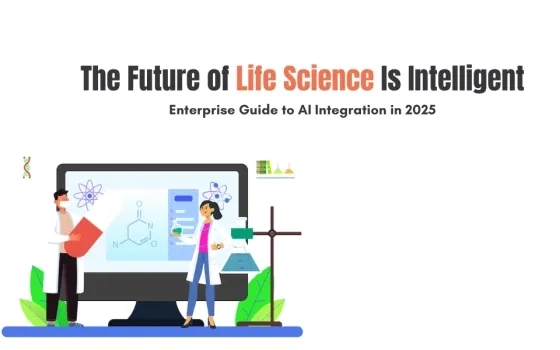Overall cost reduction and efficiency gains remain top priorities for medical centers around the world. When the focus is on reducing costs and increasing productivity by reducing waste, automation becomes a necessity, not a consideration. Over the past couple of decades, the healthcare industry has taken steps towards digitizing operations and processing patient data.
This digitalization itself has led to instant access to information, simplified exchange of information, and, as a consequence, improved patient outcomes. As the data generated by the digitization process continues to accumulate, data automation for healthcare has gone from a "nice to have" to a "necessity."
Today, many healthcare providers are realizing the potential of automation to revolutionize healthcare and make its day-to-day operations more profitable. The days of gigantic manual repositories of medical records that are compiled into thousands of files must end even as data automation for healthcare with a focus on business intelligence enters the mainstream. While healthcare organizations have yet to fully exploit the potential offered by automation, this is a start in the right direction.
Why do healthcare data automations matter?
Automation refers to the use of information technology to facilitate the completion of certain processes in an optimized manner without the need for human intervention to achieve the desired results. In healthcare, automation technology can be incorporated into a wide range of such processes, resulting in reduced administrative burden, elimination of wasteful practices, increased information sharing, improved and consistent patient care, meaningful data analysis, and effective patient monitoring. In addition to reducing the vast amount of paperwork that healthcare organizations have to deal with, automation can also help improve operational efficiency and reduce personnel costs.
The journey of business intelligence
Ever since the big data phenomenon emerged, the healthcare industry has been in the midst of a data influx. As the amount of clinical data multiplies, business intelligence in healthcare is becoming an urgent task. The main reason that business intelligence is coming to the fore in data automation in healthcare is because of the era of a technological revolution that we live in.
As business intelligence tools become more readily available, healthcare organizations have an unprecedented opportunity to improve their operational processes. Here are the health benefits of this journey through business intelligence:
Improving patient care
Medical organizations are already relying on digital tools and technology to support their day-to-day operations with the ultimate goal of improving patient care. Business intelligence combined with healthcare data automation can help achieve this goal by adding predictive analytics using automation tools to define parameters such as patient safety, patient waiting time, patient satisfaction, risk of illness and relapse, potential treatment costs, readmission rates, the average length of hospital stay. These parameters, in turn, can help healthcare professionals make informed decisions about patient care.
Medical Records Analytics
Electronic storage of medical records has become the norm. But what good is all this pile of patient data if it can't be used to improve patient care and management? This is where business intelligence tools come into play. They can select relevant pieces of information from centrally stored patient data pools to facilitate more accurate predictions and actionable insights.
Better resource allocation
Another key benefit of combining healthcare data automation with business intelligence is the ability to more efficiently manage resources by accurately allocating them across departments and thus reducing waste. Because predictive analysis can help determine when a patient is ready to be discharged, it also helps to better allocate resources such as beds, medications, and patient care staff and helps reduce wasteful costs.
Understanding the patient's medical history and lifestyle
Business intelligence tools allow you to access downloadable data from health apps as well as wearable devices such as pedometers and fitness bracelets. This enables healthcare professionals to leverage the power of wireless technology to accurately track metrics and health information. This data can be extremely useful for medical practitioners to understand the lifestyle and medical history of patients.
Availability
Technical tools are becoming more widely available, which is the driving force behind their growing attractiveness and distribution among end-users. Business intelligence is perfect for this model. It offers cost-effective yet comprehensive solutions to improve the quality of services and performance in healthcare organizations.
Clinical analysis
Business intelligence capabilities go beyond predictive analytics. It can prove to be an indispensable tool for prescriptive analysis given its ability to analyze clinical data such as laboratory results and test reports. They help caregivers, such as nurses, create more effective patient care plans by giving more attention to patients who need extra attention and care.
Data collection
The data mining capabilities of business intelligence tools can help clinicians analyze treatment plans more deeply by pinpointing which aspects of a chosen line of treatment are working and which are not. These tools can also be used to predict the exact results of any treatment procedure. It helps improve the quality of healthcare by helping organizations understand gaps and take corrective action.
Health analytics state
Nearly all healthcare organizations today understand the importance of analytics to improve revenue cycles, productivity, efficiency, and overall patient care. However, most of them do not have complete data analysis solutions. The current state of health analytics is best understood from a survey conducted by Porter Research:
- The vast majority of healthcare organizations agree that business intelligence and analytics solutions can play a vital role in decision-making.
- Revenue Cycle Analytics and Business Intelligence are paramount to most healthcare leaders.
- Bounce and bounce handling has become a major issue in the revenue cycle that can be corrected with analytics. In second place are payments to patients and billing processes.
- The biggest barriers to using business intelligence and data analytics were the lack of resources to use data analytics effectively, the inability to compare analytic performance, and the difficulty in converting analytics results into actionable reports.
- Organizations that have been able to overcome these challenges with the right strategy report have benefited from health analytics.
- Some of the main benefits of health analytics include shorter A / R days and improved cash flow, increased revenue by identifying bottlenecks in pay processes, and increased staff productivity.
- Health analytics have proven particularly useful in metrics such as claims submission, bounces, bounces, cash flow, and billing.
- Healthcare organizations are realizing the importance of robust healthcare data automation for analytics and reporting programs now more than ever. Data analysis and reporting solutions will play a key role in implementing user-friendly processes that use actionable insights to improve revenue cycles and make informed decisions.
Why is health data complex?
Data analytics is a challenge for all industry verticals, but even more so in the healthcare arena. While most other organizations grapple with data storage, quality, access, and integration issues, healthcare authorities also need to consider the more sensitive aspects of security and privacy, data management, and storage.
Security and privacy are paramount in healthcare. Any attacks on medical data can cause enormous damage to any organization, as they occur not only at the expense of financial losses but also at the expense of reputation. The most affected person in any data security breach is the person whose personal information, from credit card information to lab results and diagnoses, is at risk.
Medical data is also difficult to manage due to its long-term storage, which means that healthcare organizations need a forward-looking approach to determining how data is stored, accessed, and used. In addition, medical data management software often allows you to set Periodic Access privileges, which allow you to temporarily view different employees from different departments as needed. These factors make it even more imperative for an organization to periodically review its data in order to delete, change or anonymize the information.
Data entered in any medical organization's records must also be formatted, described, and validated for accuracy before it is made available to various users within the organization for medical, administrative, and billing purposes. This speed and volume further complicate healthcare data management.
The success or failure of healthcare data management strategies also depends on accessibility. A lot of data stored in an organization means nothing if it is not presented in the correct format and is not available to the right people. In addition to all these universal problems that make it difficult to obtain medical data, some institution-specific difficulties can further complicate the situation. For example, a tight IT budget can be a big stumbling block to ineffective data management.
To combat these issues, many healthcare centers now employ patient safety experts who not only have medical knowledge but are also able to identify how data management practices can hinder or contribute to patient safety. Ultimately, identifying constraints is the first step to finding effective solutions.
Advances in healthcare data automation with business intelligence
Key takeaways from understanding the dynamics of data automation in healthcare with a focus on business intelligence:
- Health authorities are rapidly becoming data warehouses.
- The drive for data automation is prevalent in the healthcare sector.
- Healthcare departments strive to use business intelligence and analytics in four key areas: clinical, operational, administrative, and financial.
- Medical data processing has its share of challenges that limit the ability of organizations to fully exploit the potential of data automation, business intelligence, and analytics.
The answer to overcoming the current challenges and barriers to advancing healthcare data automation with business intelligence is a simple question: How do you get the right data to the right people at the right time?
For this model to be successfully implemented, healthcare organizations start from the very basics:
- Analysis of current operational processes.
- Determining the right business intelligence and analytics tools for the job.
- Establishing the correct deployment strategy with the top leaders of the organizational structure.
- Involving the IT department in the process and facilitating the training of their employees on the software and programs adopted for the implementation of business intelligence.
- Ensure that your employees are comfortable using any business intelligence tool by introducing concepts such as data visualization, facilitating professional development, and practicing data analysis techniques to extract information from the current pool of data.
A well-designed, comprehensive healthcare data automation plan can simplify data cleansing with minimal processing, leading to a robust, future-proof modernized system. The adoption of business intelligence and data automation in healthcare is just the beginning. Overcoming this critical first step opens up a world of endless possibilities.



